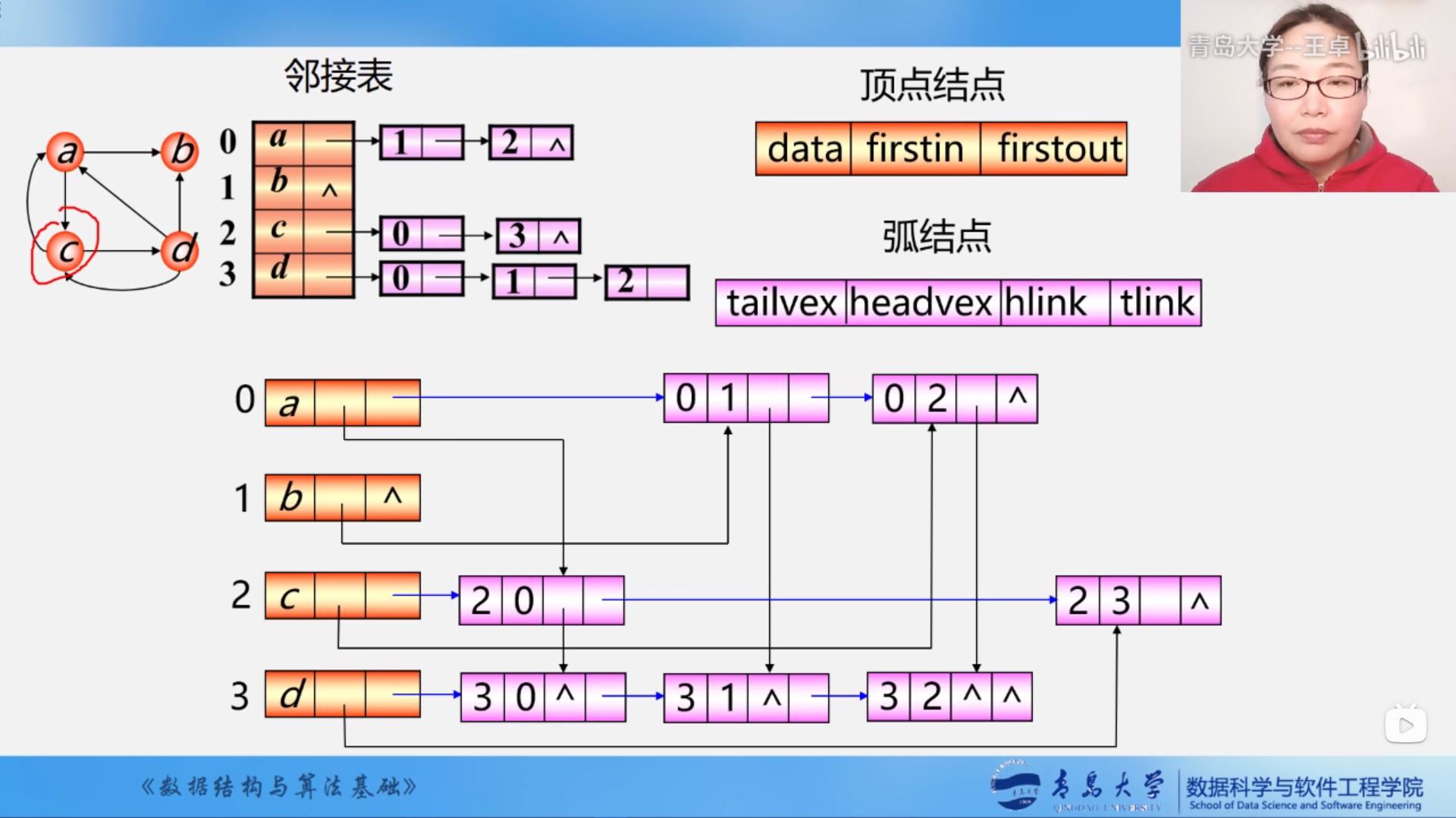springboot获取项目的绝对路径和根目录
springboot获取当前项目路径的地址
System.getProperty("user.dir")
输出目录: G:\outshine\wangsoso
//获取classes目录绝对路径
String path = ClassUtils.getDefaultClassLoader().getResource("").getPath();
String path = ResourceUtils.getURL("classpath:").getPath();
输出目录: /G:/outshine/wangsoso/target/classes/
//如果上传目录为/static/images/upload/,则可以如下获取:
File upload = new File(path.getAbsolutePath(),"static/images/upload/");
if(!upload.exists()) upload.mkdirs();
System.out.println("upload url:"+upload.getAbsolutePath());
//在开发测试模式时,得到的地址为:{项目跟目录}/target/static/images/upload/
//在打包成jar正式发布时,得到的地址为:{发布jar包目录}/static/images/upload/
注意:以jar包发布项目时,我们存储的路径是与jar包同级的static目录,因此我们需要在jar包目录的application.properties配置文件中设置静态资源路径,如下所示:
设置静态资源路径,多个以逗号分隔
spring.resources.static-locations=classpath:static/,file:static/
以jar包发布springboot项目时,默认会先使用jar包跟目录下的application.properties来作为项目配置文件。
如果在不同的目录中存在多个配置文件,它的读取顺序是:
1、config/application.properties(项目根目录中config目录下)
2、config/application.yml
3、application.properties(项目根目录下)
4、application.yml
5、resources/config/application.properties(项目resources目录中config目录下)
6、resources/config/application.yml
7、resources/application.properties(项目的resources目录下)
8、resources/application.yml
注:
1、如果同一个目录下,有application.yml也有application.properties,默认先读取application.properties。
2、如果同一个配置属性,在多个配置文件都配置了,默认使用第1个读取到的,后面读取的不覆盖前面读取到的。
3、创建SpringBoot项目时,一般的配置文件放置在“项目的resources目录下”
